The American Coot is clearly both the American and Canadian coot by definition, the only coot around, and scientists says it hasn’t changed much in hundreds of millions of years. it is a Gruiformes, along with the rails, and Common Gallinule. Its average weight is 1.5 pounds, prefers vegetation, but will ingest protein during the nesting season. It was here when I first visited Shollewnberger in 1998, and probably here back in 1975 when the Dept. of Fish and Game first allowed the City of Petaluma to use the area as a “dredge spoils site”. At that time the site was Cader Ponds, becoming Shollenberger Park in 1995. By the way, the City has permission to continue to use it as a dredge spoils site until 2025. Let’s dispatch one question that seems to come up – yes, it is the “coot” in “old coot” since the 1700’s. It bobs its head when it swims or walk like a “harmless, simple person.”
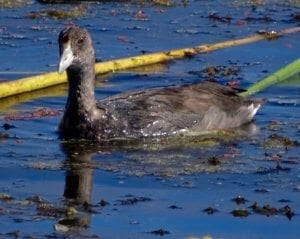
Figure 1. An adult. They are not biomorphic, so we don’t know if this one is male or female. Note the reddish circle at the top of its shield.
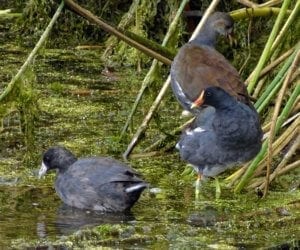
Figure 2. I hope this helps with another question – “How to distinguish between a coot and a Common Gallinule, a species I covered in Chapter 1. Basically, the coot is more solidly designed with an ivory shield, whereas the Common Gallinule is sleeker with a candy-colored shield, in breeding times, albeit a bit duller in color at other times. The gallinule’s back is chestnut brown, like the juvenile seen above the adult. Behavior-wise, the coot will dive under water for vegetation but the gallinule will dabble at the surface.
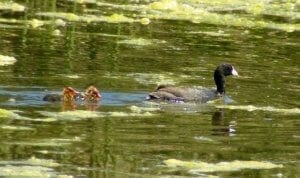
Figure 3. Two clown-colored chicks follow a parent. Coots are subject to brood parasitism, where rogue females will lay eggs in nests that are not their own. Nature (and evolution) has helped the nest-owner, however. From Wikipedia: The first-hatched chick [always that of nest-owner] is a reference to which parents discriminate between later-hatched chicks. Chicks that do not match are recognized as parasite chicks and rejected.” Unfortunately, coots seldom nest here, so seeing these chicks is a thrill for an observer.
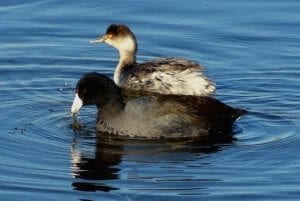
Figure 4. No, that is not “junior”. It is a Horned Grebe. It has “adopted” the coot. Although the grebe is great at diving to the bottom for vegetation, why bother, since the coot will dive and bring up a bunch and the grebe can snatch some.
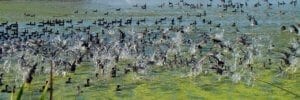
Figure 5. 2011 was the “Year of the coot” in our area. Whereas we always have some coots, that year we had a flood of them, beyond easy counting. This diversity in flock numbers is mentioned in the literature. See if you can find the ducks!
Senior Docent Bob Dyer, 9/2016


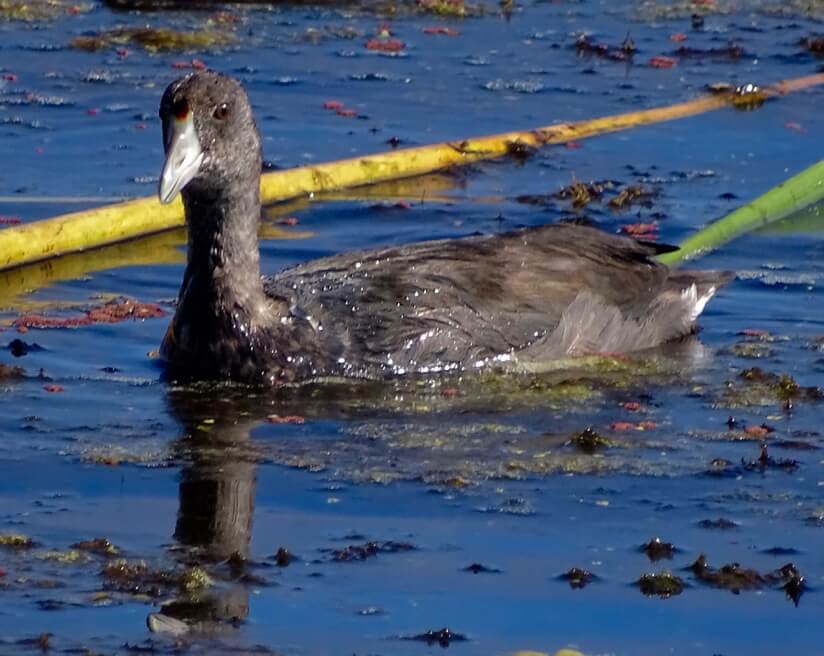
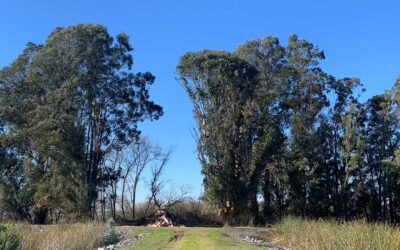
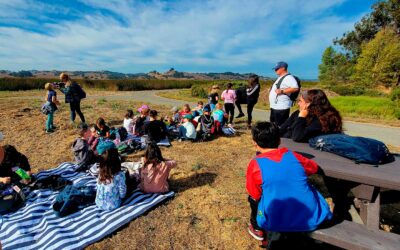
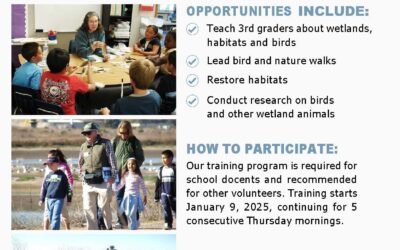
0 Comments